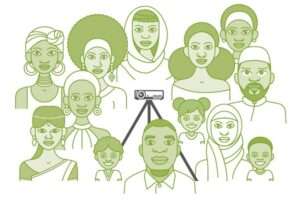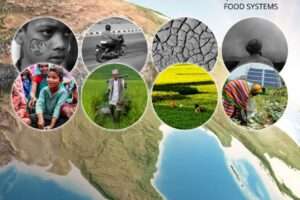South Asia includes Afghanistan, Bangladesh, Bhutan, India, Maldives, Nepal, Pakistan, and Sri Lanka, with a population of 2.03 billion (25% of the world population, as per the UN estimate in September 2023) and a totalarea of 5.13 million km². The climate varies from tropical monsoon in thesouth to temperate/alpine in the north. Farming systems vary with latitude, altitude, and some other factors.
The South Asian region has shown good economic growth, with an annual average rate of 6.77%, which is more than two times the global average of 3.0%. Agriculture is the principal sector of South Asia, with about 60 percent of the population engaged in agriculture. Smallholder farmers (100 million out of 450 million worldwide) are vital food producers in South Asia, and as estimated by the International Fund for Agricultural Development (IFAD), 80% of food consumed in South Asia is grown on small farms (0.61-1.0 ha). A small percentage of women are landholders in South Asia, ranging from 4.8% in Bangladesh to 12.8% in India, which means that most women farmers are unpaid family workers or paid laborers on other people’s farms. Rice, wheat, maize, pulses, oilseeds, and vegetables are the major crops in this region, with rice being the staple food for the people of South Asia, followed by wheat.





Add Comment